Many people may not know that the 12-acre pocket of land on the corner of Main Street and Peapack Gladstone Road has served as the crossroads of Far Hills going back farther than the formation of the town in 1921. The Borough of Far Hills is home to the J. Malcolm Belcher Fairgrounds. This park setting is host to numerous events such as the VNA Rummage Sale, which occurs bi-annually, and the Annual Spring Egg Hunt, there are basketball courts and a swing set for children of all ages; on one side of the Fairgrounds is the beautiful trout-stocked Raritan River and around the perimeter is a well-maintained track used for running and residents find enjoyment in walking their dogs in the area.Â
NOTE: As with all Mr. Local History retrospectives, we often update the post when we learn stories and are sent photos from our community. We will continue to expand this piece as information becomes available. If you have a story to share, please see the comments section at the end of the post.
Meet James Malcolm Belcher
The MLH Project introduces you to the Belcher family, a longstanding family from the Somerset Hills who’ve profoundly impacted the community, farming, and community service. We introduce J. Malcolm Belcher and his family.

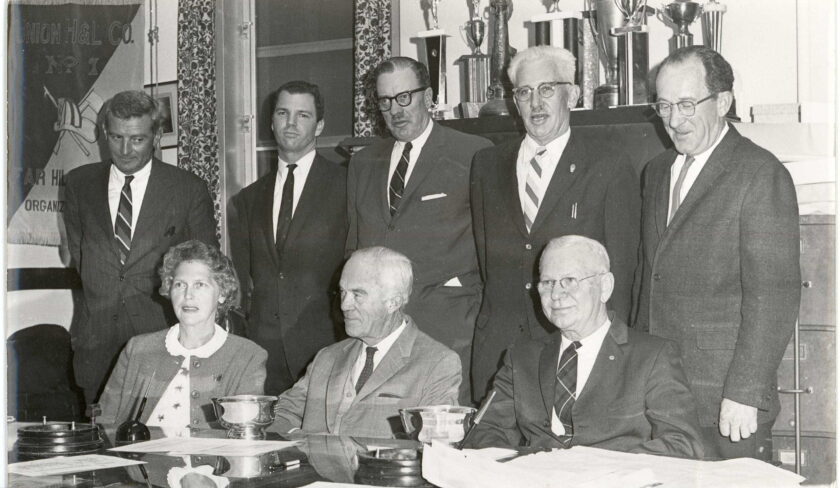
- Born: September 26, 1887, in Newark, New Jersey, to Zachariah and Kate Helena Belcher.
- Mr. Belcher had two brothers: Dr. Harold Belcher (NYC) and Zachariah. He also had a sister, Mary Watts Belcher. He and his wife Elda (Hubbard) had two sons, James M. Belcher (Far Hills) and C. Russell Belcher (Houston, TX), and a daughter, Mary W. Pemberton (Rosemont, PA).
- Secretary, Jersey Cattle Association of New Jersey
- Owned the Hamilton Farm Milk Route – 1939-1945
- World War I veteran
- James Malcolm Belcher was Mayor of Far Hills continuously from January 1938 through December 1965 (28 years) and then became a member of the Recreation Commission.
- 1982—Former Mayor Belcher’s memory continues in Far Hills. In 1982, the Far Hills Fairgrounds that he had worked so hard to acquire finally was named in his honor, the J. Malcolm Belcher Fairgrounds.
- October 11, 1986—The Township Committee of Far Hills voted to name a road in his honor. They named it Belcher Lane. The road connects Layton Road near Liberty Corner Road and runs parallel to Route 287.
- Belcher died on October 12, 1987, just 16 days after celebrating his 100th birthday.
Sunnybranch and Moggy Hollow
James was the son of Zachariah and Kate Fuller Belcher, who bought 200 acres in Far Hills in 1895 when the area was still part of Bernards Township. They purchased the land from the Wyckoff family and created the Sunnybranch Farm around what is now known as the Natirar County Park.
The Belchers sold the Sunnybranch Farm property in 1905 to Walter and Kate Macy Ladd, which later became the Natirar estate.

After the Sunnybranch Farm sale, the Belchers moved on down the road a few miles and purchased 153 acres off Liberty Corner Road, approximately where 287 crosses Liberty Corner Road. They named their new farm Lo-an-Oak.
The name of the farm was Lo-an-Oak, named for a majestic white oak that graced the middle of the lawn in front of the big house. That tree was standing when the property was purchased.
Marion Belcher, Granddaughter of Zachariah and Kate Fuller Belcher
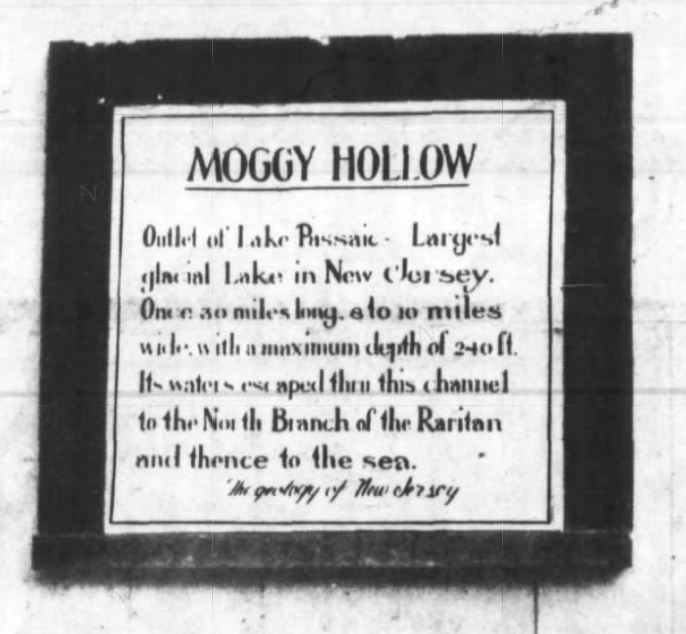

What became a dairy farm had a history of its own. Moggy Hollow is the pond left at the end of the Passiac Glacier millions of years ago during the ice age. The farm is now part of the Leonard Buck Garden in Far Hills. If you like geology, you’ll love the 18 rock foundations in the gardens left behind from glacial times.
Scientists say this “Moggy Hollow” pond, the remainder of Lake Passiac, was the largest glacial lake in New Jersey. It was once 30 miles long, 10 miles wide, and 240 feet deep.
Moggy Hollow Dairy Farm
J. Malcolm Belcher and his partner Paul Span had to travel to Europe to purchase their cows.
“Paul Span and I got the cows (for the dairy farm) from the Isle of Jersey (UK). The trip had some of the biggest waves I’ve ever experienced.
J. Malcolm Belcher about his trip to the Isle of Jersey to get his “Jersey heffers.”

Paul and J. Malcolm brought back over 100 cows, which became the foundation for the Hamilton Farm milk route until 1945, when Hamilton Farm closed. He kept a few cows for himself but sold off the remainder to Morristown’s Farmers & Consumers. But he didn’t like the price they offered so he sold them to Carl Shirley of Bernardsville.
Belcher’s farm was later donated to the Upper Raritan Watershed Association (URWA) in 1967, and it is now part of Far Hill’s Leonard Buck Gardens. Seventeen acres are in Liberty Corner, and the rest are in Far Hills. The Somerset County Parks Commission manages the Buck Gardens. At the time, the land donation was valued at $75,000. The lake’s disappearance left the Great Swamp, but it went from Little Falls to Liberty Corner just 10,000 years ago.

Far Hills Fairground History and Ties to Belcher
Mr. Belcher’s memory continues in Far Hills as the Far Hills Fairgrounds he had worked so hard to acquire finally was named in his honor in 1982 the J. Malcolm Belcher Fairgrounds.
Here’s a look at some of the fairground property’s historic moments. It has held a central role in the history of Far Hills since it was part of Bernards Township.
- Grant Schley developed the field in 1904 as an athletic field. It hosted horse and dog shows, baseball games, carnivals, and fairs. In 1910, Schley founded the annual agricultural fair. Then, in 1930, Schley held an annual fair to benefit the local Visiting Nurse Association.
- 1906 – The fairgrounds and its structures were built in 1906 by Grant B. Schley, who owned the nearby Fro-Heim estate, the present site for the Far Hills Race Meeting.
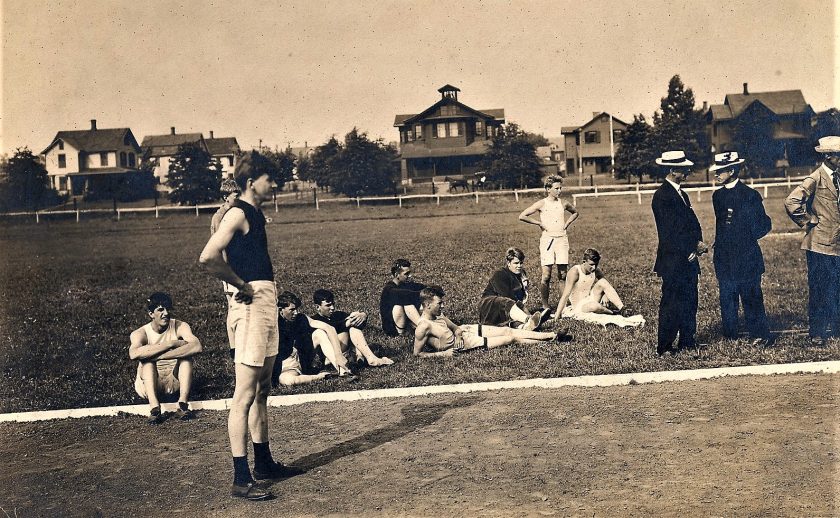
The New Jersey Hunt Cup’s Debut was at the Far Hill Fairgrounds
Many don’t know that on October 23, 1915, the first New Jersey Hunt Cup steeplechase was held as part of the Farmers Day Race at the Far Hills Fairgrounds. “The Second Annual Farmers’ Day Race Meeting” was held October 23, 1915 – three years after the first – and featured the first running of the New Jersey Hunt Cup. Between 500 and 600 guests attended the event, which began with an elaborate luncheon served under large tents. Sanctioned by the National Steeplechase and Hunt Association, it’s mission, as described in the official program: “to provide a course to test the qualities of a hunter, the steeplechases will be laid over a fair hunting country (Post and Rail).”
- 1940 – VNA held its spring sale on Saturday, May 4, 1940, at Schley Hall on the Far Hills Fairgrounds.
- In 1947, the Fairgrounds was 21 acres and had four buildings and a grandstand.
- September 8, 1947 – Mayor Belcher convinced Far Hills to put forward a bid to purchase Fairgrounds from Schley’s Far Hills Land Corporation under the direction of E.B. Schley, President of FHLC and son of Grant B. Schley. The objective was to make it a public park. Mayor J. Malcolm Belcher and Councilman William Skillman spearheaded the effort.
- September 13, 1948 – The Far Hills Borough Council finally votes to close out its option and purchase the 21-acre fairgrounds tract for $7,500, far under the current market value, according to the Far Hills Land Corporation.
- 1948—Mayor Belcher and the Township Council close out the purchase of the 14-acre tract for $7,500 on behalf of the borough.

- 1948 – The Far Hills Steeplechase was held on the fairgrounds in October 1948.
- On August 30, 1951, the Lions Club of Far Hills dedicated a new pavilion and presented it to Mayor Belcher. The pavilion replaced the previous one that was destroyed in a windstorm in November 1950. The pavilion cost over $5,000 to construct. The site hosted the Lions Club’s annual model airplane meet.
- 1958 – Somerset County 4-H Fair Association held a fair at Far Hills Fairground.
- In May 1979, Far Hills Borough requested to tear down due to vandalism. The mayor called the vandals “two-legged termites.” The stands had been present since 1895, according to J. Malcolm Belcher, chair of the Fairgrounds Committee in 1979.
- 1979—The VNA held its rummage sale there in 1979, and the Somerset Hills Garden Club sponsored an annual plant sale on the grounds. The grounds also hosted boys’ baseball and girls’ softball games, jogging, and fishing. The Morris and Somerset leagues played baseball in the evenings.
- In 1982, the Far Hills Borough Council voted to name the fairground the J. Belcher Fairgrounds.
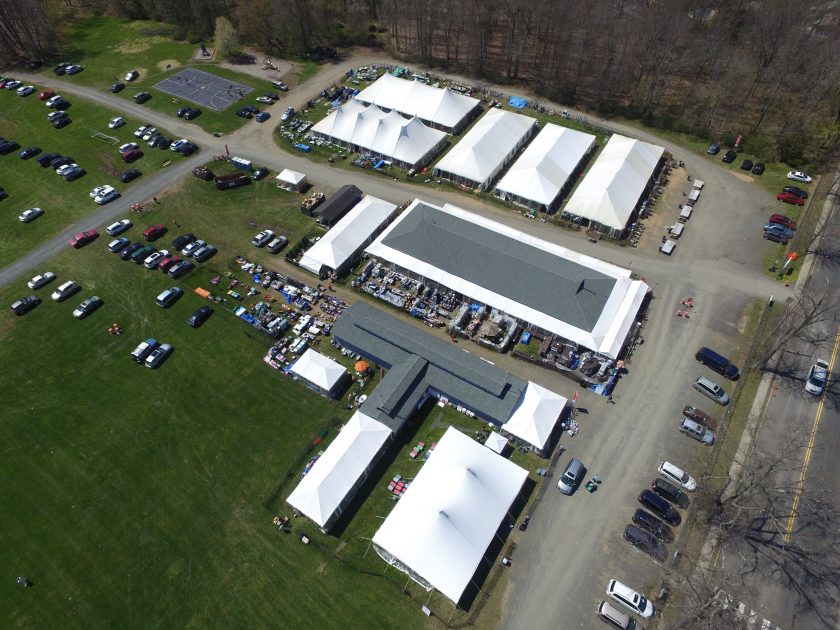
- 1990 – Mayor William Layton receives bids to restore the Fairgrounds structures. A roof estimate of $35,000 was considered and the VNA stated they would help “foot the bill.”
- In March 1994, the Bernardsville News published a story about the Kiwanis Club’s proposal to move Basking Ridge’s Labor Day Kiwanis Fair to the Far Hills Fairgrounds. The permit was denied, and the fair was canceled in July 1994.
- 2018 – A much-anticipated regional shopping tradition for over 90 years, the VNA Rummage Sale returns to the Far Hills Fairgrounds on Friday, Saturday, and Sunday, October 5, 6, and 7. Proceeds from the sale help provide home care, hospice care, adult day and caregiver assistance services, including essential and innovative programs uncompensated by Medicare, Medicaid, or private insurance. Flu shots (18 and older) will be available at the VNA information tent on Friday and Saturday from 9:30 a.m. to 2:30 p.m. The cost per flu shot is $25 and is free for those covered under Medicare Part B (card required for verification.) No Medicare
- 2019 – On the third day of the Visiting Nurses Association of Somerset Hills rummage sale at the Far Hills Fairgrounds Sunday, the regular and supplemental parking lots were so flooded it wasn’t safe for people to park, organizers said. “Weather conditions and lack of parking canceled the event,” said Patricia Neill, co-chair of the annual event.
And as they say…..the rest is history.
Additional Information
- Did you know there is also a Sunny Branch Road in Far Hills? Yes, there is.

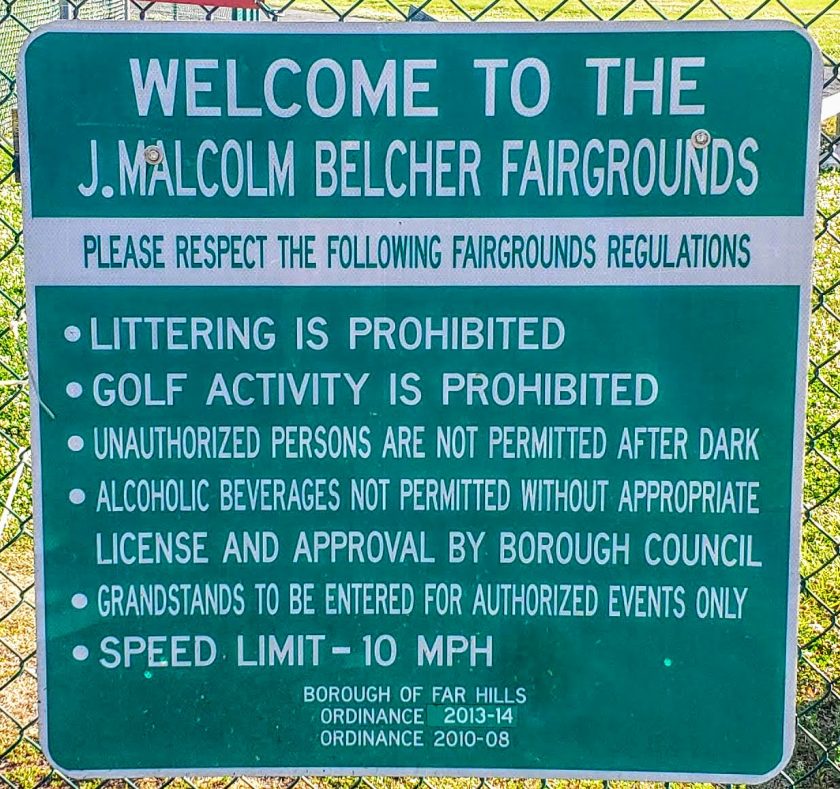








WOW is an understatement. I moved to the area in 1990 and first came upon the Fairgrounds on my way to St Elizabeth’s Church. I have often walked the track for both mental and physical nourishment. So peaceful are the sounds of the river on one side , and the structures resembling a NormanRockwell painting of Stockbridge on the other.
Sitting on a bench near the bleachers under the waving American flag stirs a love of country.
Thank you all for history behind all the beginnings,
I appreciate your retrospective.Please note, James Malcolm Belcher’s sister was Mary Watts Belcher (1891-1980). She married twice. First to Charles Ashmun and then, after his death, to Gayle L.Young.